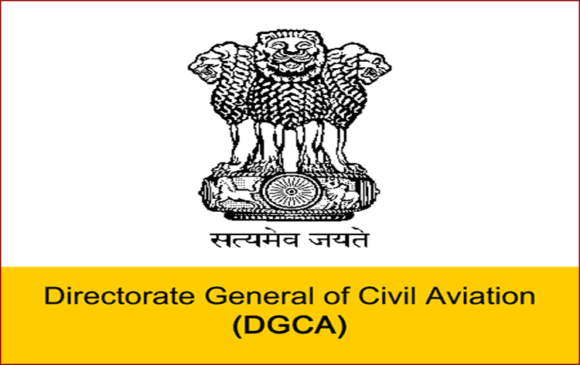
38399888441 661cc28bc2 o scaled
Large engine flying hours of Rolls-Royce turbo engines have further increased to 65 percent of 2019 levels in the third quarter, up from sixty percent by the end of June. They are now on average at 62 percent for the year to date and are up by 36 percent from last year. This recovery will drive strong cash conversion, the UK engine maker said in a trading update on November 3. Higher flying hours benefit cash position Rolls-Royce.
“The recovery in our flying hours and planned increase in spare engine sales will drive strong cash conversion, with operational cash expected to comfortably exceed operating profit in the medium term, as outlined in our Civil Aerospace investor day in May”, Rolls-Royce says in its update. The recovery is the strongest in the US and Europe but lags behind in China and Asia, where Covid travel restrictions are still in place. Business engine flying hours remain strong and remain above 2019 levels.
With sales of new large engines lower as the widebody segment is recovering slower than the narrowbody segment, Rolls-Royce is heavily dependent on engine flying hours (EFH) to generate cash. More flying hours means more shop visits for maintenance and overhaul. As the company said in September in an investor’s presentation: “EFH growth drives services receipts. Shop visit growth drives revenue and profit.”
During the presentation of the HY1 results in August, Chief Financial Officer Panos Kakoullis stressed the importance of signing up more Long-Term Service Agreements (LTSA), as they mean a steady inflow of revenues. Rolls are seeing the effects of this happen, it says today in the trading update: “Inflation-linked customer contracts and procurement agreements are supporting long-term service agreement (LTSA) margins, improving profitability in Civil Aerospace. This creates a positive contribution from contract catch-ups in 2022.” Although shop visit volumes are higher year on year, they are at the lower end of this year’s forecast.
Rolls-Royce had a significant concession balance in its books for Trent 1000 engines that it was unable to deliver to Boeing and customers as 787 deliveries were paused from May 2021 over production quality issues. Now that deliveries have slowly resumed since August, the concession balance is to unwind quickly and will benefit cash flow.
The Derby company is also planning a higher volume of large spare engine sales in 2022 and for the next few years, “versus the typical range of 10-15% of total OE deliveries, as we grow the pool of spare engines to underpin fleet health and improve resilience.”
The engine maker didn’t share specified financial details in its update. It maintains its previous guidance for 2022, which includes a modest free cash flow, revenue growth in the low-to-mid single digits, and an unchanged operating profit margin (3.8 percent in 2021). Medium-term, Civil Aerospace should produce low double-digit revenue margins, high single-digit margins on the operating profit, and trading cash that comfortably exceeds the operating profit.
The sale of ITP Aero was completed and the £1.6 billion in proceeds have been used to repay a £2.0 billion floating rate loan to UK Export Finance that was due in 2025. “This marks a milestone recovery in the strength of our balance sheet, and a clear step on our path back to investment grade in the medium term,” CEO Warren East says in the trading update.
Views: 17



